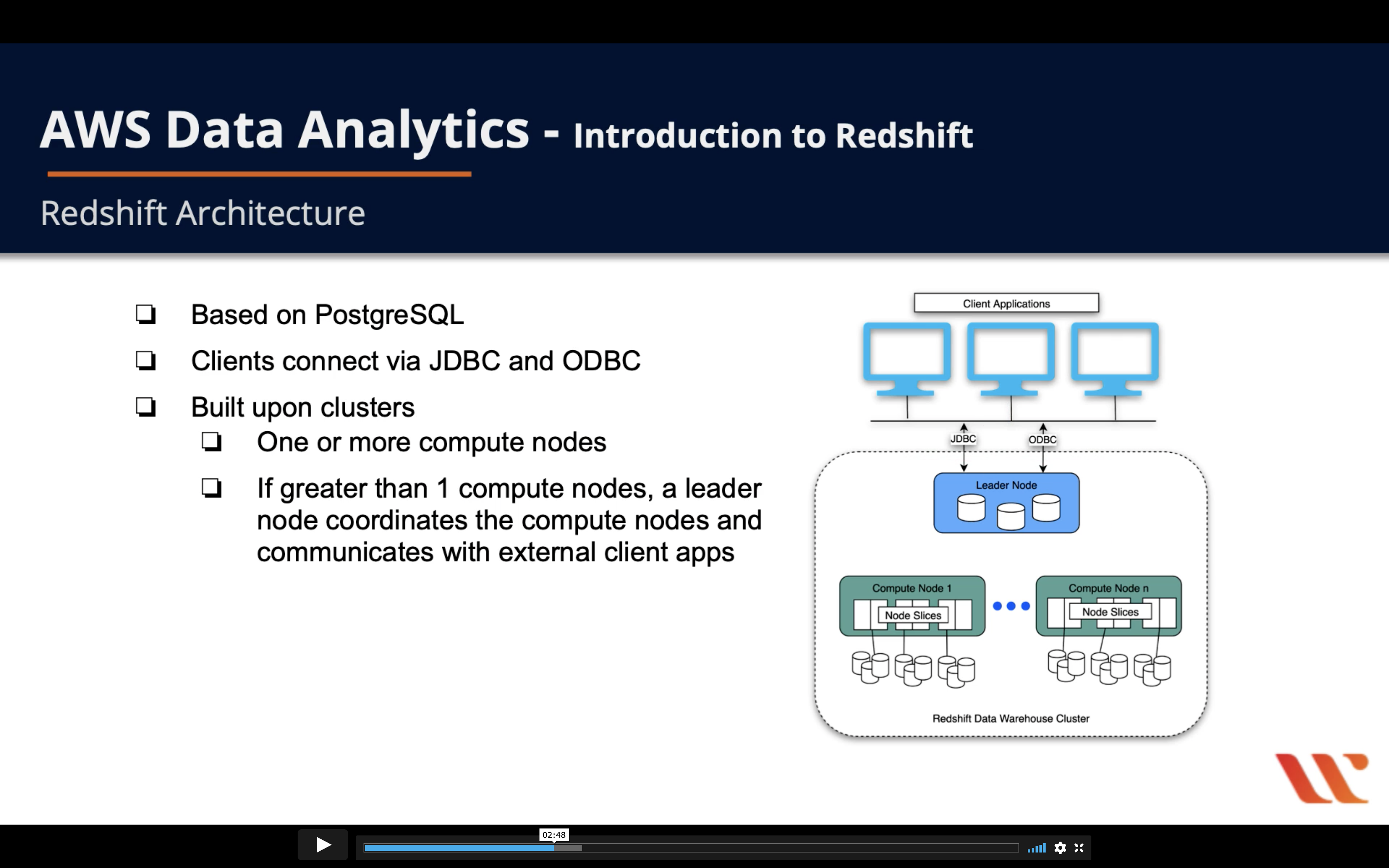

Make sure that when you click the ‘test connection’ button you get a ‘connection successful’ notification. Then fill in the information for your instance: Connecting to RedshiftĪfter spinning up Redshift, you can connect P圜harm Professional to it by heading over to the database tool window (View | Tool Windows | Database), then use the green ‘+’ button, and select Redshift as the data source type. We’ll use P圜harm Professional Edition as the SQL client. Configuring AWS is a complex subject, and they’re a lot better at explaining how to do it than we are, so please complete the first four steps of the AWS tutorial for setting up an example Redshift environment. To play around, let’s use Amazon’s example dataset, and to keep things very simple, let’s only load the ‘users’ table. As long as you make sure that you don’t use more than 1 instance, and you use the smallest available instance.
#Redshift data types for free#
If you haven’t used Redshift before, you should be able to get the cluster up for free for 2 months. So let’s have a look to see how we can analyze data in Redshift using a Pandas script! Setting up Redshift When you hear about this kind of technology as a Python developer, it just makes sense to then unleash Pandas on it. They’ve extended PostgreSQL to better suit large datasets used for analysis.

Redshift is Amazon Web Services’ data warehousing solution.


 0 kommentar(er)
0 kommentar(er)
